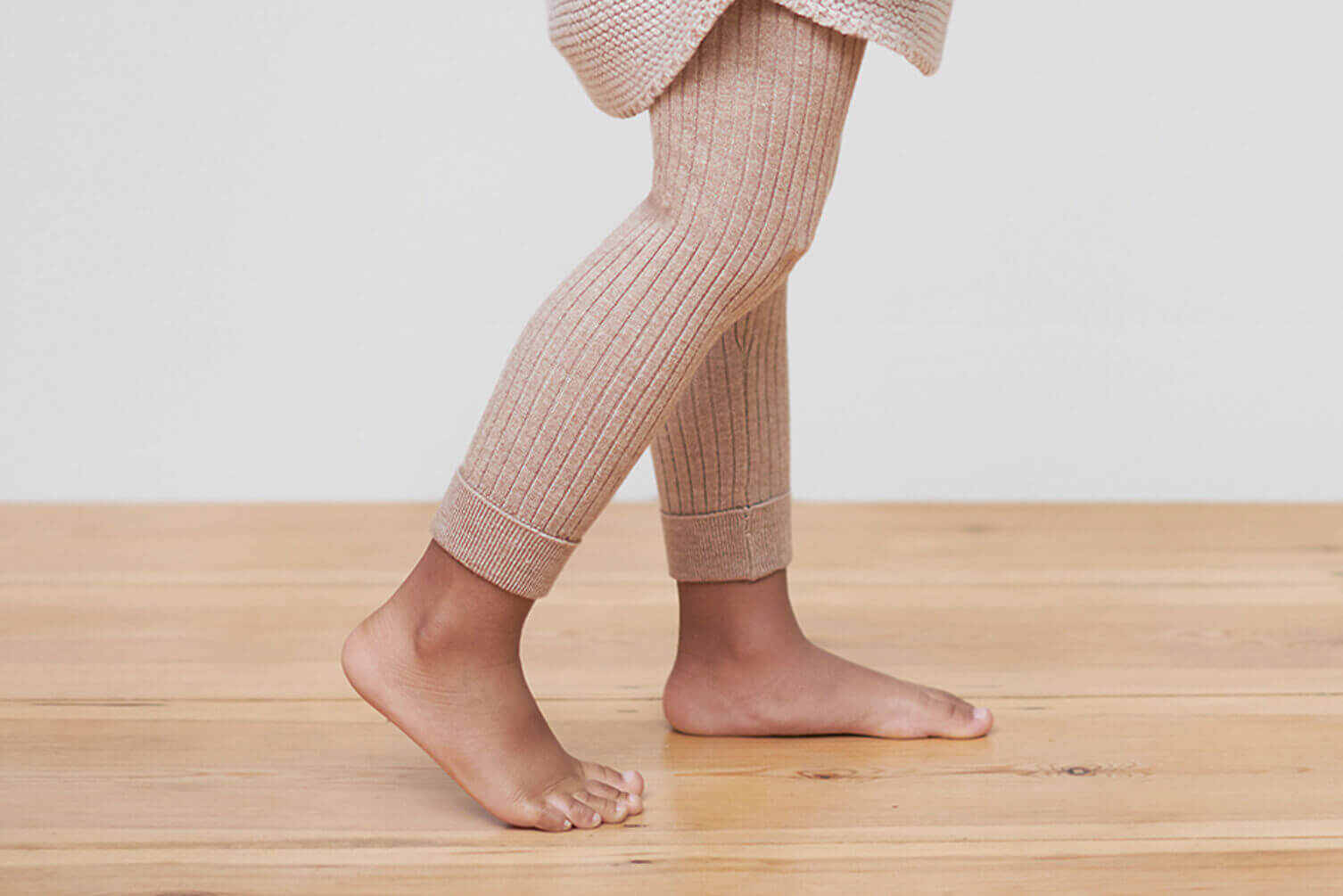We think feet are fantastic! That’s why we’ve put together some fun facts for you to share with your children. They could read them out loud to your family or you could test them as part of their home-schooling. There’s lots to learn about how fantastic our feet are…we’re sure you’ll agree!

1. Your nerves travel from your feet up to your brain twice as fast as a high-speed train.
That’s super important for helping you to understand your environment and react quickly, helping you to keep your balance, navigate unfamiliar terrains and avoid injuring yourself. It can even help with more specialised skills, like learning ballet routines or how hard to kick a football.
2. 25% of your body’s bones are in your feet.
That’s a whopping one quarter of your bones, all dedicated to the intricate mechanical processes that allow your feet to flex and bend. In each foot, human adults have 26 bones, making 52 fantastic foot bones in total.
3. Your baby has more bones in their feet than you.
This is because babies need to be more flexible in order to pass through the birth canal. As they grow and develop, their bones will harden from cartilage into what we adults would consider bones, fusing together along the way until they eventually have the same amount of bones as an adult. This happens at around 13 years of age.
4. We have over 200 bones in our body!
These are most highly concentrated in flexible areas such as the hands and the feet. Compare the 26 bones of the human foot to the four bones of the human leg. Your legs only need to bend at the knee, while your feet must be much more flexible in order to support walking.
5. Bones can take up to 13 years to fully develop from birth.
That equates to over 4,500 days, over which time the softer, cartilaginous bones a child is born with harden and fuse together to form the familiar bones of an adult skeleton. Your child is developing for all this time, which is why it’s so important to ensure their shoes are the right fit. If they’re not, it could affect the way their bones form and alter the way they walk for life.
6. Your toeprints are unique to you, like your fingerprints.
While toeprints aren’t typically used for identification the way fingerprints can be, they are just as intricate and distinctive. As well as making cool patterns on the pads of your toes, the whorls and ridges that form your toeprints also help with sensory feedback so your brain can understand what’s under your feet.
7. We have toenails on the end of our toes just like monkeys, to shield the soft tissue on the end of our broad toes.
While our fingernails grow around 3mm every month, toenails grow just 1mm per month, allowing them to grow thicker and provide more protection to our toes.

8. Children’s feet grow fastest during their first three years of life.
That’s why it’s so important to regularly measure your little ones’ feet, because they can grow out of shoes quickly. Remember, babies and toddlers often don’t have the ability to let you know if their shoes or socks are feeling tight.
9. Two of the biggest bones in your feet carry most of your body weight.
These are the calcaneus and the talus, which make up part of your heel and ankle. Forming the base of your legs, these bones bear the weight of everything above them, including your legs, your torso, your head and your arms.
10. Your foot structure is arranged to form three strong arches.
Two of these go along the length of your foot, and one goes across. Being flat-footed means that one of the lengthways arches hasn’t formed properly, which is common in children under six. The three arches of the foot allow your foot to flex and bend to help you walk.
11. Your feet have 250,000 sweat glands.
This is why your feet sweat more than other areas of your body, such as your calves. When active, your feet can produce as much as four to six ounces of sweat in a day. That’s nearly half a pint!
12. There are over 7,000 nerve endings in each foot.
These help you to feel the ground beneath your feet with every step, helping you to adjust to tiny changes such as slopes, dips or debris. This is also why our feet are so ticklish!
13. Your feet have a network of more than 100 tendons, muscles and ligaments.
These different aspects of the anatomy of the foot all work together to ensure you can do complex things like stand on your tip-toes or jump into the air.
14. We have five toes on each foot to provide balance, just like a grizzly bear!
Our toes act as tiny stabilisers to help steady us with every step we take.
To find out more about how fantastic our feet are click HERE